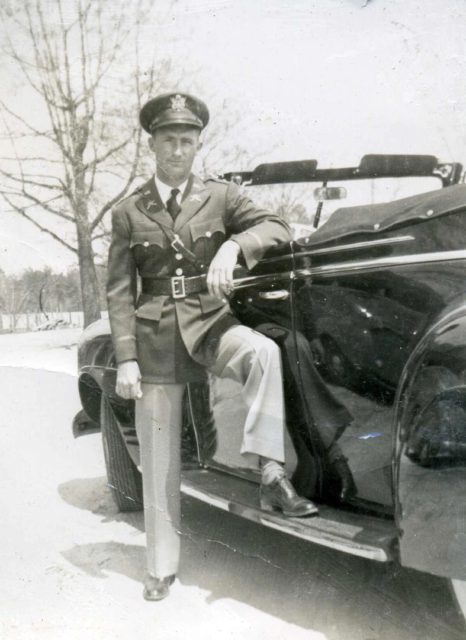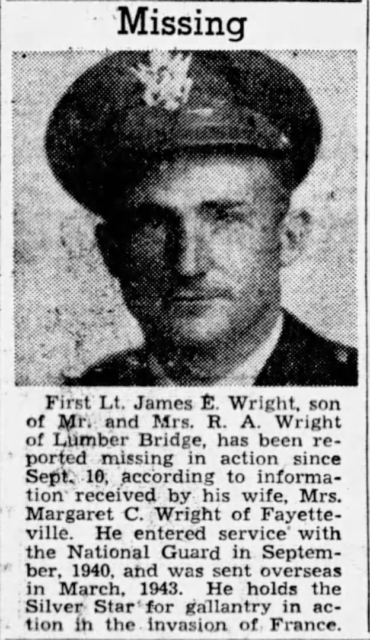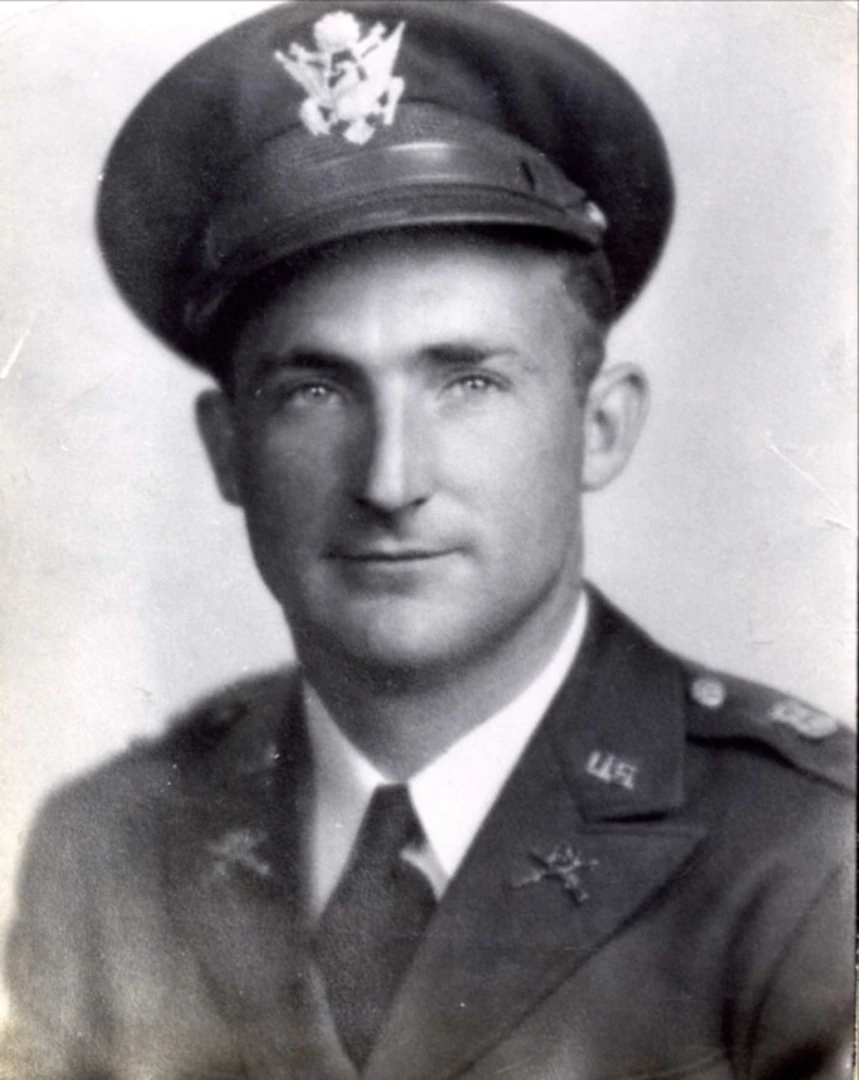The remains of an Army servicemember who was declared missing during WWII have been successfully identified almost 77 years later. The lieutenant from Parkton, North Carolina, is due to be buried in Robeson County next month.
U.S. Army 1st Lieutenant James E. Wright was just 25 when he was declared missing in 1944. He was killed during intense fighting on the Moselle River near Dornot, France, and his body was unable to be successfully recovered at the time. Thanks to the work of a private researcher and the Defense POW/MIA Accounting Agency (DPAA), Wright’s body has now been identified.
Wright joined the 120th Infantry, North Carolina National Guard in 1940, before becoming a member of the regular Army in 1943. A few months after D-Day Wright was assigned to Company F, 2nd Battalion, 11th Infantry Regiment, 5th Infantry Division. This was part of General Patton’s Third Army, which had been involved in the fighting through France after D-Day.

German resistance held them up at the Moselle River. Troops were sent across the river to establish a foothold; Wrights and his unit participated in this action. On the east side of the river the men set up a defensive position on the edge of a nearby forest, which was then fiercely attacked by German forces. On the night of September 10 to 11, the US troops began retreating across the river.
Some officers remained on the fighting side of the river to recover bodies before leaving. It was at this time that Wright was declared missing. The German forces on the east side of the Moselle river prevented Allied troops from collecting all of their dead.
The American Graves Registration Command was tasked with the retrieval and burial of deceased American soldiers, all the way until 1951. They searched in the area the fighting took place on the banks of the Moselle river and recovered a number of bodies, but none of these were identified as Wright’s.
The whereabouts of Wright’s body remained a mystery, until recently.

One of the remains recovered after the battle was named X-46 and buried in the Luxembourg American Cemetery in Hamm, Luxembourg. In 2012 a researcher for the 7th Armored Division Association proposed that X-46 may be the remains of one of the soldiers from Wright’s unit and that it should undergo an examination to be identified.
The DPAA, an American agency that recovers and identifies the bodies of US soldiers lost in the nation’s conflicts, became involved in the matter and used its extensive resources to identify the remains.
They were sent to the DPAA laboratory at Offutt Air Force Base, Nebraska, in May 2016.
To identify the remains, dental and anthropological analysis was used, as well as mitochondrial DNA (mtDNA) and autosomal DNA (auSTR) analysis.
As with many other missing soldiers from WWII, Wright’s name has been inscribed on the Walls of the Missing at the Lorraine American Cemetery in St. Avold, France. Now that he has been successfully identified a rosette will be placed next to his name.
Wright will be buried on October 12 in Lumber Bridge.
